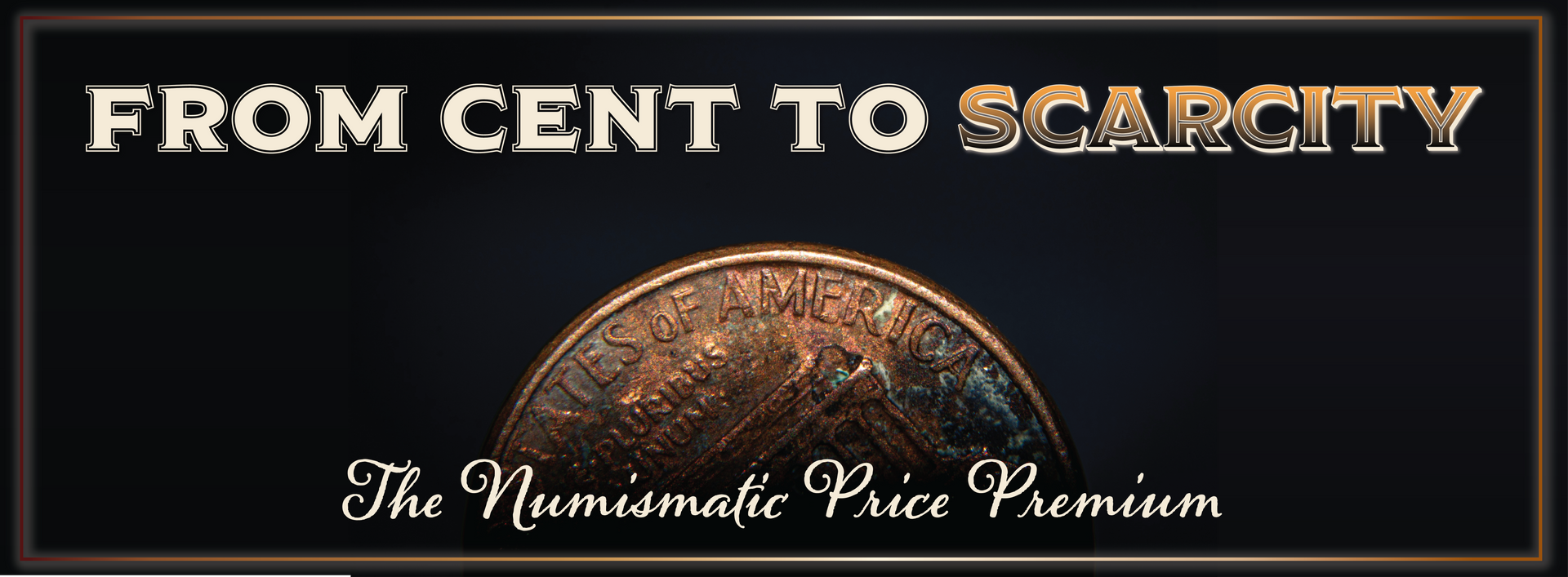
It’s easy to overlook a penny. It jingles at the bottom of your pocket, gets scooped into change jars, and vanishes into couch cushions without a second thought. But what if that same penny—humble and forgotten—was suddenly gone for good?
As the U.S. Treasury prepares to retire the penny by 2026, a coin once minted by the billions is facing extinction. And with that disappearance comes a wave of opportunity—because history has shown us that when circulation stops, scarcity begins. Suddenly, that copper-colored cent becomes something more than just small change. It becomes a relic, a snapshot of American currency, and a potential collector's prize.
This moment has sparked a growing question among numismatists, metal investors, and everyday collectors alike:
What happens when common coins become coveted rarities?
When Production Stops, Value Emerges
Historically, retired coins often see sharp increases in demand. From the Buffalo nickel and silver Roosevelt dime to Canada’s penny in 2013, discontinuation creates a scarcity effect that drives collector interest .
Once minting ceases, no new coins enter the market—leaving only existing stock. That finite supply, paired with rising demand, has driven premiums across the numismatic landscape.
It begs the question....Which Pennies Are Poised to Appreciate?
Pre‑1982 Copper Cents
With 95% copper content, these cents have intrinsic melt value—currently worth 2–3¢ each
Once penny retirement is finalized, these coins will also carry collector appeal and melt legality, making them prime candidates for price appreciation.
Key Dates & Mint Marks
Some Lincoln cents were already scarce before 2026:
- 1909‑S VDB (only 484,000 minted) remains the series’ top key date
- Other key dates like the 1914‑D, 1931‑S, and 1955 doubled‑die may see renewed interest as collectors chase complete sets
Check out our full list of most valuable pennies to watch from our earlier blog in this series: HERE
Final Year Singles
If 2025 or 2026 marks the penny's last minting, those coins—especially in BU or proof form—may attack collector portfolios quickly. Recent proof issues like the 2025‑S already command $150‑300+ in MS69‑70 grades
🧠 The Science of Scarcity and Collector Psychology
When coins disappear from circulation, people hoard them in anticipation of value. Numismatists call it the "scarcity effect"—once the public perceives rarity, even previously common coins can become “collected out”
numismaticnews.net
Collectors, dealers, and social media amplify this behavior, propelling premiums even on mid-century Memorial cents and post-1982 zinc pennies. In some cases, coins minted in the billions could still gain rarity through sheer collector activity.
💰 Melt Value vs. Numismatic Premium
There’s a clear distinction between a coin’s melt value and its numismatic value:
- Melt value reflects raw metal content—primarily relevant for pre-1982 copper cents.
- Numismatic premium includes rarity, condition, demand, and grading.
A flawless MS67 copper cent could sell for 20× its melt value—regardless of copper prices
🛠️ Early-Action Strategies for Savvy Collectors
- Segregate Copper Cents - Start storing pre-1982 relations in dry, organized containers. Consistency matters for grading later.
- Acquire Key Dates Now - With demand poised to accelerate, key dates are better secured before premiums spike.
- Grade for Value - Certified high‑grade examples (PCGS, NGC) offer market credibility and appeal—especially important after discontinuation.
- Monitor Final-Year Issues - Preserve pristine 2025/2026 BU and proof cents. Proof coins with low mintage can become collectible icons.
- Pursue Full Lincoln Sets - Complete date-and-mint collections—especially in albums or slabs—are powerful portfolio assets.
Discontinuation turns even the most modest penny into a collector’s gem. But true value lies not in melt—but in mintage limits, condition, demand, and history. Acting now—before the penny reaches retirement—gives collectors the best chance to ride the wave of scarcity‑driven premiums. Next time you find a well-worn 1964 or a gleaming 1955 Doubled‑Die, take stock:
it may be worth more than you think—not for its copper, but for its story.


